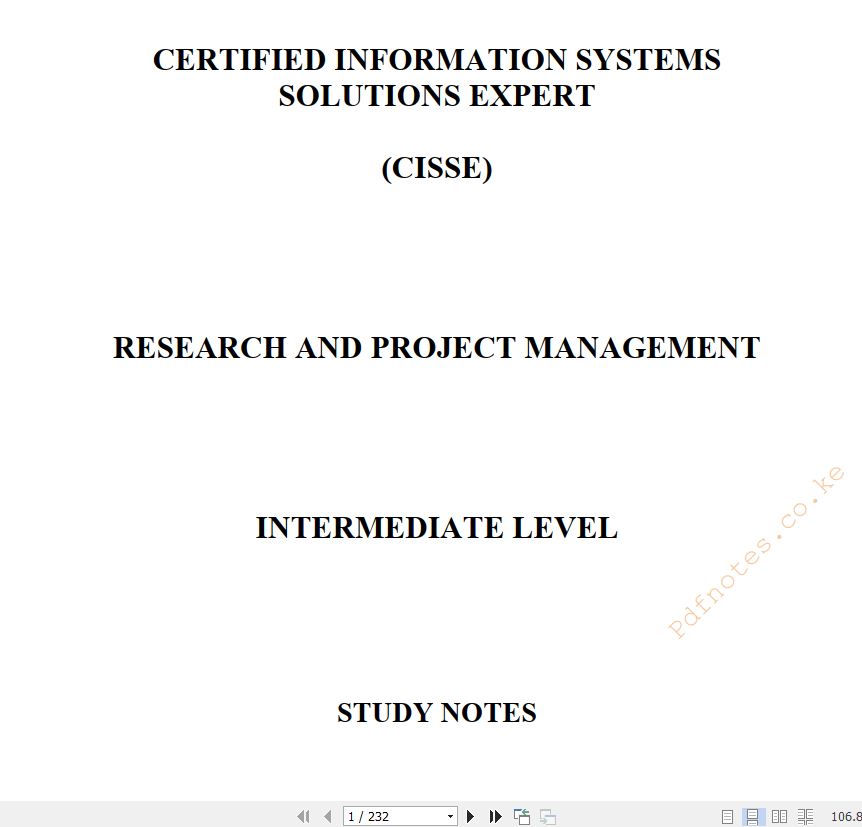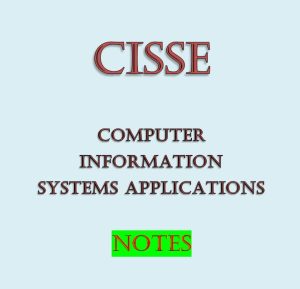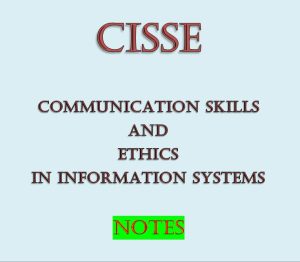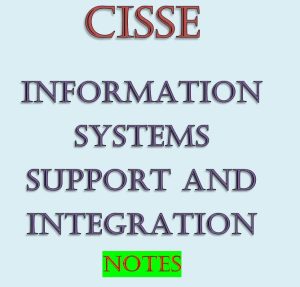Original price was: KSh900.KSh799Current price is: KSh799.
Chapter 1: Business Context of an Information Systems Development Project
Chapter 2: Content and Format of a Business Case
Chapter 3: Project management Process
Chapter 4: Project Scoping
Chapter 5: Developing a Realistic Plan
Chapter 6: Developing an estimate for a Project
Chapter 7: Developing a Schedule
Chapter 8: Monitoring and control against a plan
Chapter 9: Risk Analysis
Chapter 10: Human dimension and the importance of team leadership
Chapter 11: Quality Management
Chapter 12: Managing Suppliers
Description
RESEARCH AND PROJECT MANAGEMENT
UNIT DESCRIPTION
This paper is intended to equip the candidate with the knowledge, skills and attitude that will enable him/her undertake research in ICT related areas and manage small to medium sized Information Systems development projects.
LEARNING OUTCOMES
A candidate who completes this paper should be able to:
• Understand the business context of an Information Systems development project
• Develop a realistic plan
• Monitor and control resources against a plan
• Implement procedures required to ensure the successful delivery of the end product
CONTENT
1. Business Context of an Information Systems Development Project
1.1 Types of information systems projects
1.2 Relationship between business strategy and information system projects
1.3 Content and format of a business case
1.4 The framework of a project
1.5 Role of a programme and project support office
1.6 Development lifecycles
1.7 Principles of PRINCE2
2. Content and Format of a Business Case
8.1 Content and format of a business case
8.2 Investment appraisal
8.3 Presenting the business case
8.4 Benefits realisation and management
3. Project management Process
3.1 Development lifecycles
3.2 Approaches to systems development
3.3 Project Selection
3.4 Planning and scheduling
3.5
3.6 Development
3.7 Commissioning
3.8 Closure
3.9 Project management software
4. Project Scoping
4.1 Project constraints
4.2 Scope definition
4.3 The Scope triangle
4.3 Supply chain total cost of Ownership (TCO)
5. Developing a Realistic Plan
5.1 Describe the work that needs to be planned before starting a project
5.2 Project requirements
5.3 Work breakdown structure
5.4 Product breakdown structure
5.5 Product descriptions and work packages
5.6 Dependencies
5.7 Planning for quality
5.8 Tolerances
5.9 The use of planning tools
6. Developing an estimate for a Project
6.1 IS project estimation
6.2 Estimating in engineering disciplines
6.3 Comparison of estimating methods
6.4 Estimating supporting activities
7. Developing a Schedule
7.1 Scheduling – effort and elapsed time
7.2 Schedule development
7.3 Project milestones and “overhead” tasks
7.4 Resource plans development
7.5 Contingencies
7.6 Plan documentation
7.7 Budgets
7.8 PRINCE2™ plans
8. Monitoring and control against a plan
8.1 Critical path method
8.2 Monitoring costs
8.3 Milestone slip, Chart
8.4 Earned value analysis
8.5 Challenges of effective project management
8.6 Evaluate the current situation and identify possible
8.7 Corrective actions
8.8 Change control and configuration management
8.9 Project Reporting
8.10 Exercising control in PRINCE2™
9. Risk Analysis
9.1 Risk management process
9.2 Risk management planning and control
9.3 Risk register
9.4 Risk ownership
9.5 Risk management in PRINCE2
10. Human dimension and the importance of team leadership
10.1 Maximising the relationship between leadership and performance
10.2 Explain how to manage a project team
10.3 Managing stakeholders and customers
10.4 Managing expectations and conflict
10.5 Selection and role of the project manager Role of a Programme and Project Support Office (PPSO)
10.6 Work standards relevant to the practice of project management
10.7 Negotiation techniques
10.8 Selling a Project
10.9 Change management
11. Quality Management
11.1 Explain how quality is managed
11.2 Quality concepts
11.3 Quality management, TQM and the quality plan
11.4 Quality control methods
11.5 The cost of poor quality
11.6 Inspection versus testing
11.7 The management of software testing
11.8 Metrics and statistical control
11.9 Configuration management
11.10 Managing quality with PRINCE2™
12. Managing Suppliers
12.1 Setting up the contract
12.2 The contractual framework
12.3 Monitoring supplier performance
12.4 Quality control and subcontractors
12.5 Legal aspects




